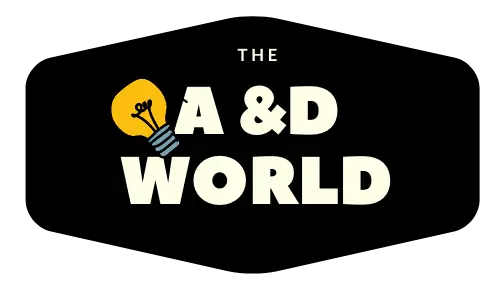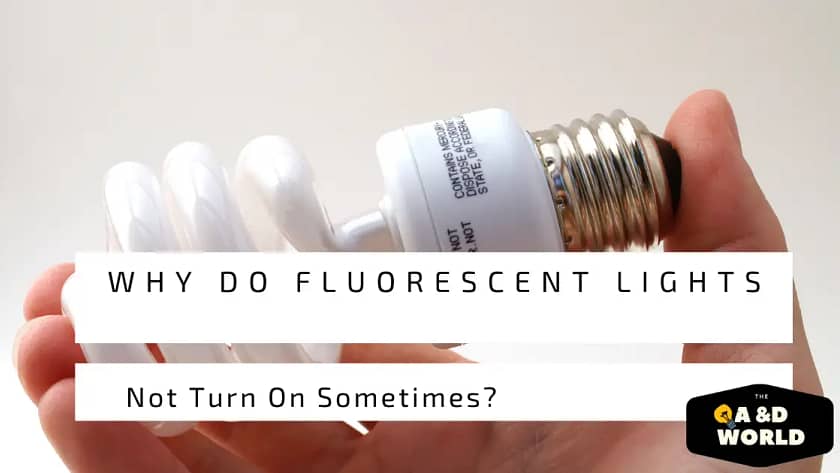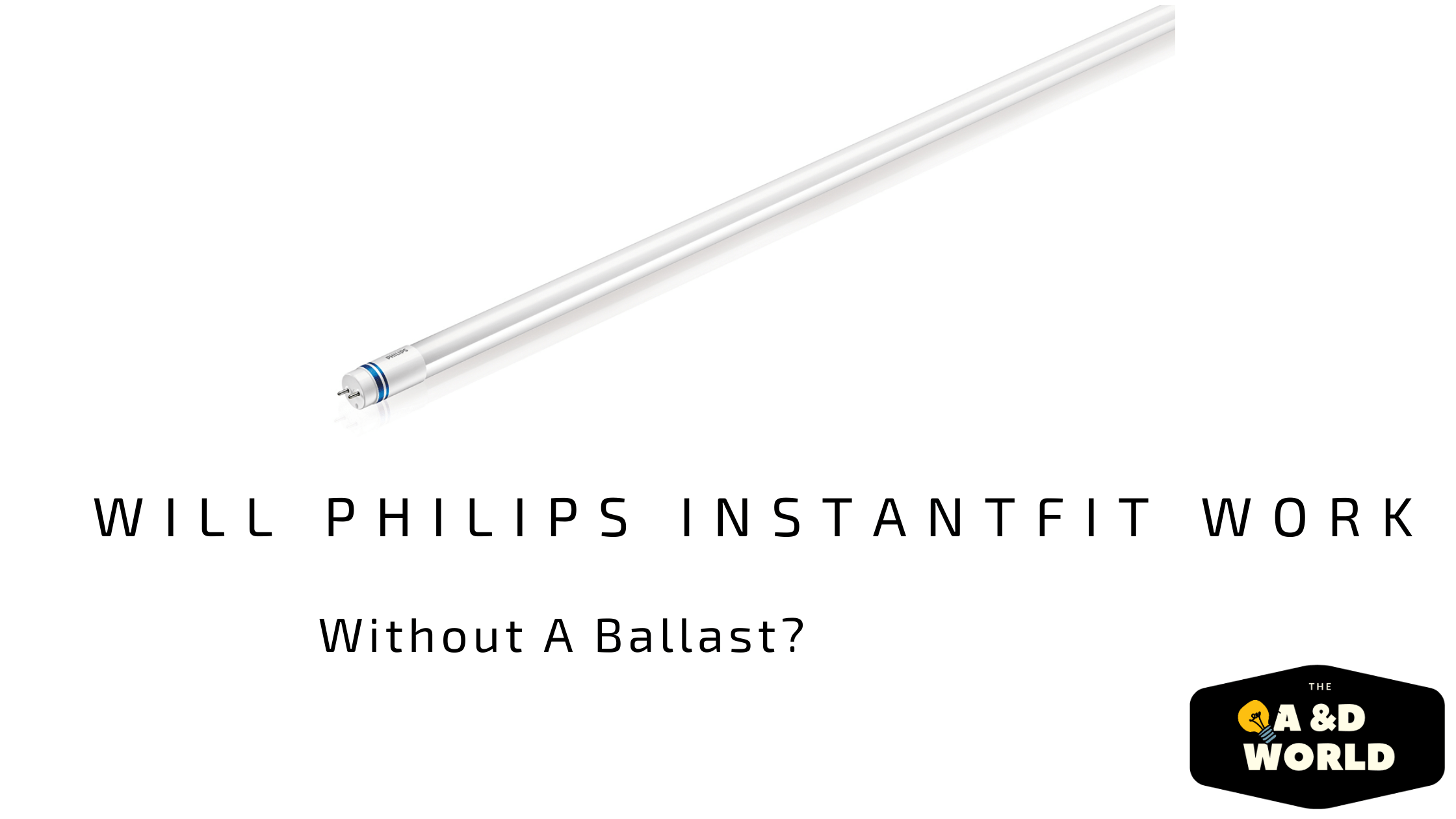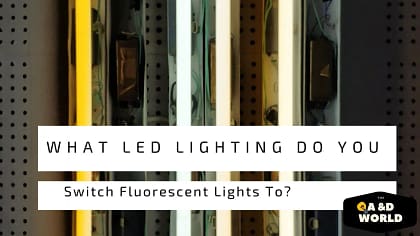Fluorescent lights are a complex fixture. They are difficult to run compared to LEDs. These traditional bulbs have ballasts, wires, and starters. Consequently, you can find that they come with many issues. The good news is you can switch from CFLs (Compact Fluorescent Bulbs) to LEDs. However, this route can be expensive and time-consuming.
There are many reasons your fluorescent lights do not turn on sometimes. For instance, the cold, dying ballast or starter, bulbs no longer working, etc. Hence, in this post, we will explore all the issues related to your fluorescent lamp’s delay start.
Side note: If you dislike working with electricity, please contact a professional electrician to help.
It Can Be The Cold
Many homeowners have this problem during the winter. Their bulbs don’t light up instantaneously, especially in the morning. This issue isn’t new with fluorescent light, and most people consider it a characteristic. In an inhospitable environment, your light will not turn on once the ballast isn’t warmed up.
Unlike a LED bulb that turns on instantly, the delay isn’t a problem. It is simply the way the fluorescent bulbs operate with the ballast. Luckily, there are a couple of things you can do to prevent this issue. Consider installing an instant-start ballast that does not use typical preheating methods.
Instead, it maximizes the voltage to the fixture that works perfectly in low temperatures. Another option is a quick-start ballast, which functions as an instant starter but always preheats the light fixture. Thus, you can turn on your light no matter the temperature and have no delays or flickering.
Bad Ballast
The ballast has a lot of control in the starting phase of your fluorescent fixtures. Ballast has two jobs: it helps the light start-up and delivers high-voltage, low and alternating current to the tube to keep it running. Hence, when your ballast is bad, your lamp will not work.
A shortcut to knowing if your ballast is bad is to replace your bulbs. If your lamp does not work with the new bulbs then, your ballast is the problem. Here’s how to change your ballast:
- Before starting a project like this, you must turn off the power.
- Or unplug the fixture.
- Some fixture covers have screws while others have clips- remove them to expose the wires.
- With a plier, cut the ballast wires some inches away from the fluorescent fixture wires.
- Unscrew the old ballast.
- Then, strip the wires of the remaining fluorescent wires and connect the new ballast with a knot.
- Add new covers and bulbs.
Replace the Bulb
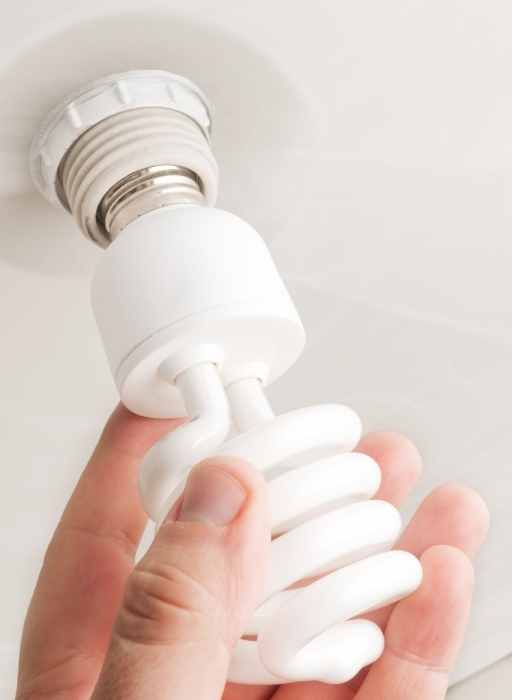
If your fixture does not light, then the bulb needs replacing. This is an easy problem and requires that you swap out your old bulbs for new ones. There are many signs of a failing bulb; these include dimming, random flickering, or discoloration of the bulb.
Bulbs are available at your nearest supermarket, hardware, or online store. You can find fluorescent bulbs in a variety of sizes and colors. Moreover, when it’s time to install your new bulbs, remember to check the starter.
Bad Starter
A starter is a vital element to a fluorescent fixture. It provides a flow of current to the filaments of the lamp. This process heats the contacts, which produces light. Not all lamps come with a starter.
Some modern bulbs have an extra ballast that does the job of a starter. Like a ballast, when the starter is going bad you will notice some signs. If your bulb has a start delay or flicker, then it’s a sign of a failing starter.
Tripped Circut Breaker
When there is a problem with the electrical system, such as worn wiring or worn accessories, the circuit breaker can trip. The cause can be a faulty transformer or an electrical load that exceeds the system’s capacity.
When this happens, your lightbulb won’t work. Whenever you have a circuit breaker problem in your home, it’s a good idea to call an electrician. Once the problem with your breaker is resolved, and your lights are still not working, then consider the issues above.
Loose Wire Connections at Switches and Outlets
Lastly, if your fluorescent fixture does not come on, you can check the switch. Any loose wire connection can prevent power from getting to the lamp. Other signs of loose wire connections include humming or flickering.
Also, to check if your wall switch is the culprit, turn off the power and remove the cover plate. With a flashlight, inspect the screw terminal for any loose screws. If there are any loose screws, tighten and cover the switch.
Why My Fluorescent Light Only Comes On When I Touch It?
It’s very frustrating when you turn on the light and still have to touch it for the light to work. Sometimes, the pins on the tube are loose and don’t have a good connection with the contacts. So, touch can help.
Another reason is that there is still some mercury in the phosphor coating. Hence, your touch can help the current ionize the arc to get the tube running.
